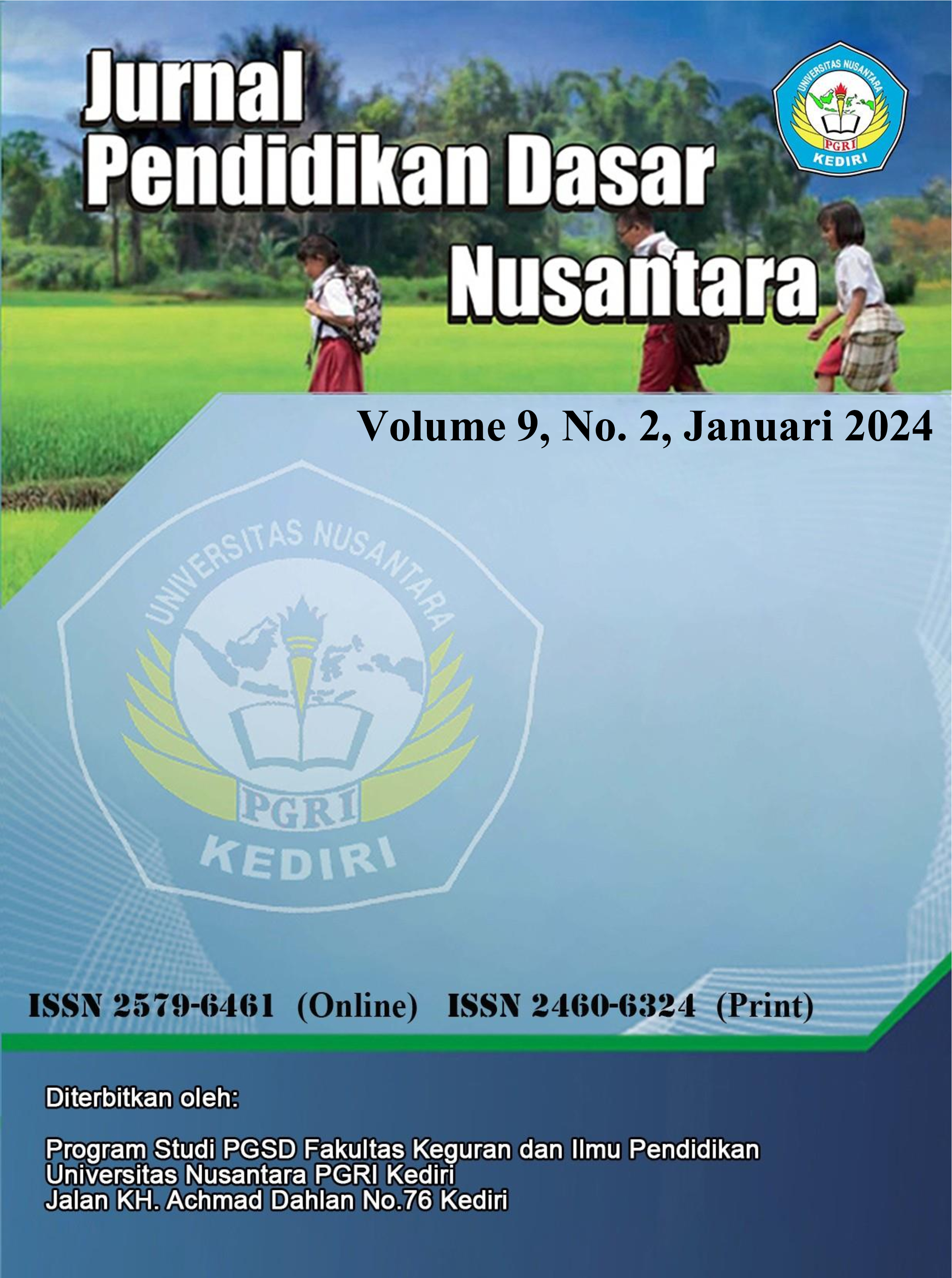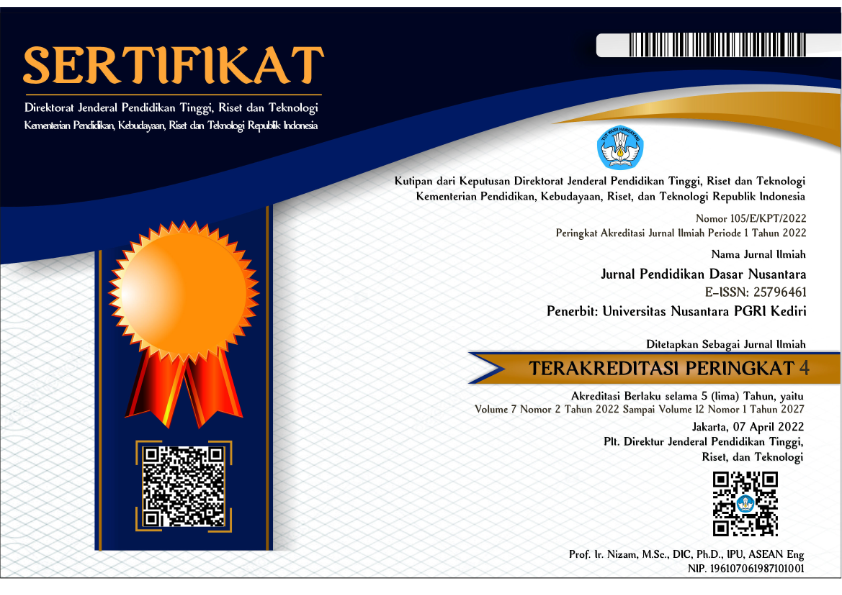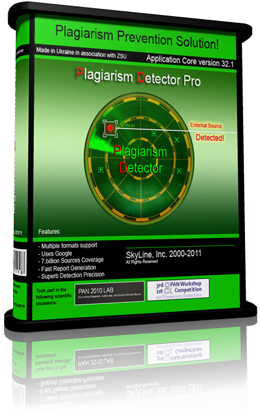Gedsi integration in UMM PGSD student learning tools
DOI:
https://doi.org/10.29407/jpdn.v9i2.21847Keywords:
GEDSI Integration, Learning Tools, Independent CurriculumAbstract
Lack of GEDSI integration can hinder student participation and achievement. Therefore, the integration of GEDSI in learning is the main focus, especially for UMM PGSD students who will become teachers in the future. This research aims to understand the extent to which GEDSI integration occurs in the fifth semester of elementary school social studies learning tools for UMM PGSD students and the obstacles in its integration. The research method uses qualitative descriptive research by analyzing documents in the form of learning tools for PGSD UMM students in the fifth semester (odd) of the 2023/2024 academic year with content analysis techniques, data collection methods through documentation of elementary social studies learning tools that have been prepared by students. In general, 79.9% of students in learning activity content and 98% of students in teaching material texts have integrated GEDSI. In the illustrations and pictures, in the teaching materials section there are 94% of students who have integrated GEDSI and 6% of students have not integrated GEDSI, 53% of students' LKPD have not or have not implemented GEDSI integration and 47% have integrated GEDSI, in the evaluation section there are around 66 .4% of students have integrated GEDSI and 33.6% of students have not or have not integrated GEDSI. Finally, in references or learning resources, there were 0.07% or 1 student who integrated GEDSI and 99.3% had not or did not integrate GEDSI. It is hoped that the results of this research can help create an inclusive and equitable learning environment, as well as produce graduates who are ready to face global challenges.
Downloads
References
Achmad, S. (2019). Membangun pendidikan berwawasan gender. Yinyang: Jurnal Studi Islam Gender Dan Anak, 14(1), 70–91.
Afriati, W. (2023). Analisis Profesionalitas Kerja Guru Mata Pelajaran Ekonomi di SMA Negeri Titian Teras H. Abdurrahman Sayoeti Jambi [PhD Thesis, Universitas Jambi]. https://repository.unja.ac.id/56123/
Budiwati, E., & Setiawan, R. (2021). Integrating Gender Equality in Teacher Education: Strategies and Challenges. Journal of Education, Teaching and Learning, 6(1), 84-92
Ferguson, D. L., & Campbell, E. M. (2017). Supporting Inclusive Education: A Connective Pedagogy Framework For Using Digital Technology To Include All Learners. Journal of Research on Technology in Education, 49(1-2), 1-16.
Grice, K., & Barrett, A. (2019). Transformative Education for Gender Equality and Social Inclusion: A Review of the Literature. Compare: A Journal of Comparative and International Education, 49(2), 228-247
Hunga, A. I. R., Susanti, E., & Sukesi, K. (t.t.). Penguatan GEDSI pada Penelitian dan Pengabdian Masyarakat dalam Memperkuat “Merdeka Belajar Kampus Merdeka.”
Indriyany, I. A., Hikmawan, M. D., & Utami, W. K. (2021). Gender dan pendidikan tinggi: Studi tentang urgensitas kampus berperspektif gender. JIIP: Jurnal Ilmiah Ilmu Pemerintahan, 6(1), 55–72.
Kartika, N., & Fikri, E. (2020). Konsep Kesetaraan Gender dalam Pendidikan Islam. Tsamratul Fikri| Jurnal Studi Islam, 14(1), 31.
Khaerudin, M., & Syahputra, E. (2020). Inclusion in Higher Education: The Challenge for Teacher Education in Indonesia. Journal of Gifted Education and Creativity, 7(2), 130-141
Kisna, N. A. W., & Junaidi, J. (2022). Proses Transformasi Nilai Sosial Peserta Didik Dalam Proses Pembelajaran oleh Guru IPS di SMP. Jurnal Sikola: Jurnal Kajian Pendidikan Dan Pembelajaran, 3(4), 334–353.
Nurdin, N., Purwosusanto, H., & Djuhartono, T. (2021). Analisis pengaruh kinerja guru dalam pembelajaran dan persepsi siswa atas lingkungan belajar terhadap hasil belajar. Research and Development Journal of Education, 7(2), 434–444.
Subekti, F. E., & Jazuli, A. (2020). Peningkatan kemampuan pemecahan masalah dan kemandirian belajar mahasiswa melalui pembelajaran berbasis masalah. JNPM (Jurnal Nasional Pendidikan Matematika), 4(1), 13–27.
Sulistyowati, Y. (2021). Kesetaraan gender dalam lingkup pendidikan dan tata sosial. Ijougs: Indonesian Journal of Gender Studies, 1(2), 1–14.
Trisnawati, O., & Widiansyah, S. (2022). Kesetaraan Gender Terhadap Perempuan Dalam Bidang Pendidikan Di Perguruan Tinggi. Jurnal Pendidikan Sosiologi Dan Humaniora, 13(2), 339–347.
UNESCO. (2018). Education for Sustainable Development Goals: Learning Objectives. Retrieved from https://unesdoc.unesco.org/ark:/48223/pf0000261156
UNICEF. (2018). Guidance For Integrating Gender Equality And Social Inclusion Into Curriculum And Learning Materials. Retrieved from https://www.unicef.org/ education/files/UNICEF-Guidance_Integrating-Gender-Equality-and-Social-Inclusion-into-Curriculum-and-Learning-Materials-2018.pdf
Downloads
Published
Issue
Section
License
Copyright (c) 2024 Delora jantung amelia (Author)

This work is licensed under a Creative Commons Attribution-ShareAlike 4.0 International License.
Authors who publish with this journal agree to the following terms:
- Copyright on any article is retained by the author(s).
- The author grants the journal, the right of first publication with the work simultaneously licensed under a Creative Commons Attribution License that allows others to share the work with an acknowledgment of the work’s authorship and initial publication in this journal.
- Authors are able to enter into separate, additional contractual arrangements for the non-exclusive distribution of the journal’s published version of the work (e.g., post it to an institutional repository or publish it in a book), with an acknowledgment of its initial publication in this journal.
- Authors are permitted and encouraged to post their work online (e.g., in institutional repositories or on their website) prior to and during the submission process, as it can lead to productive exchanges, as well as earlier and greater citation of published work.
- The article and any associated published material is distributed under the Creative Commons Attribution-ShareAlike 4.0 International License
































